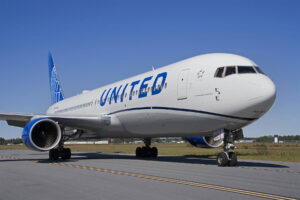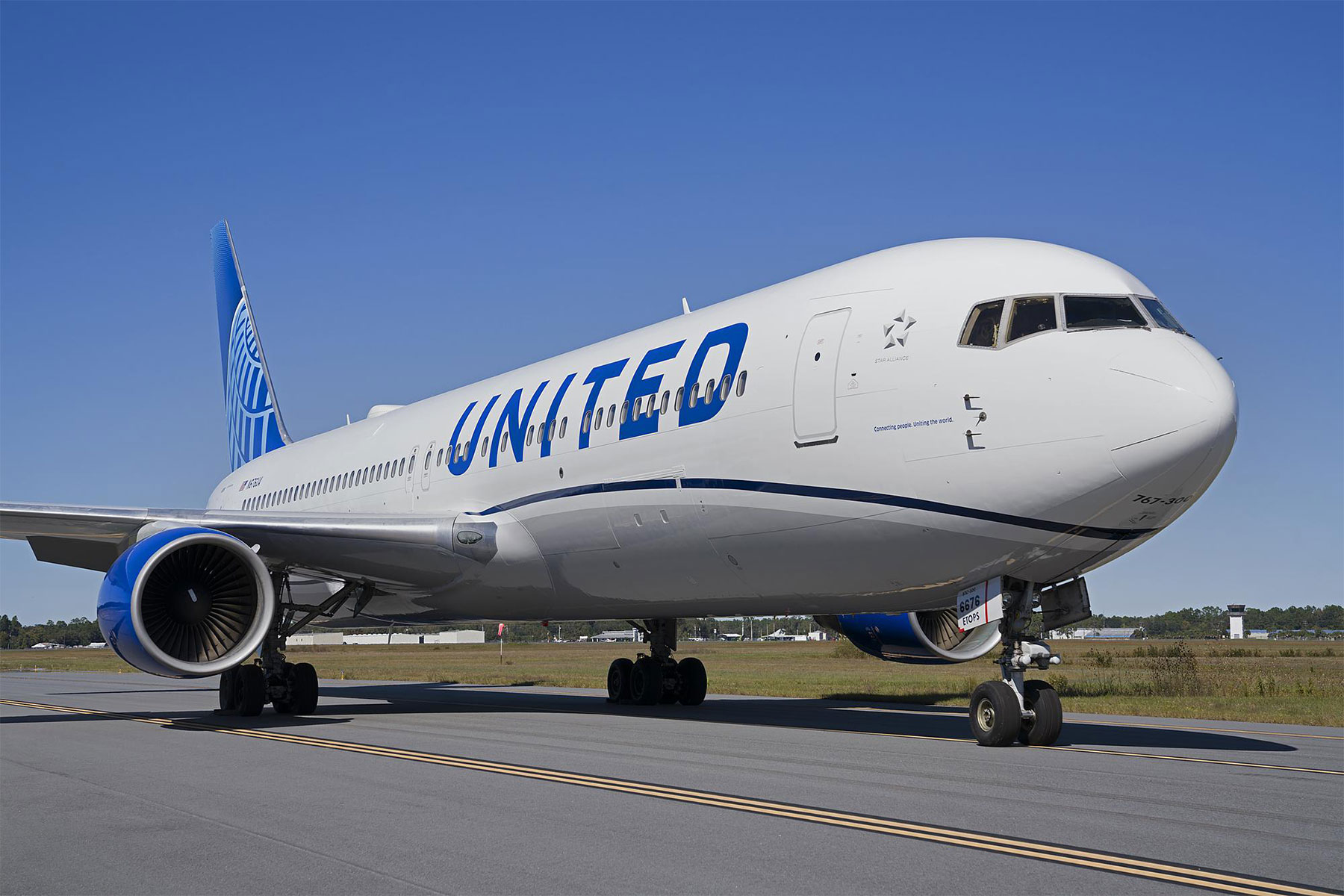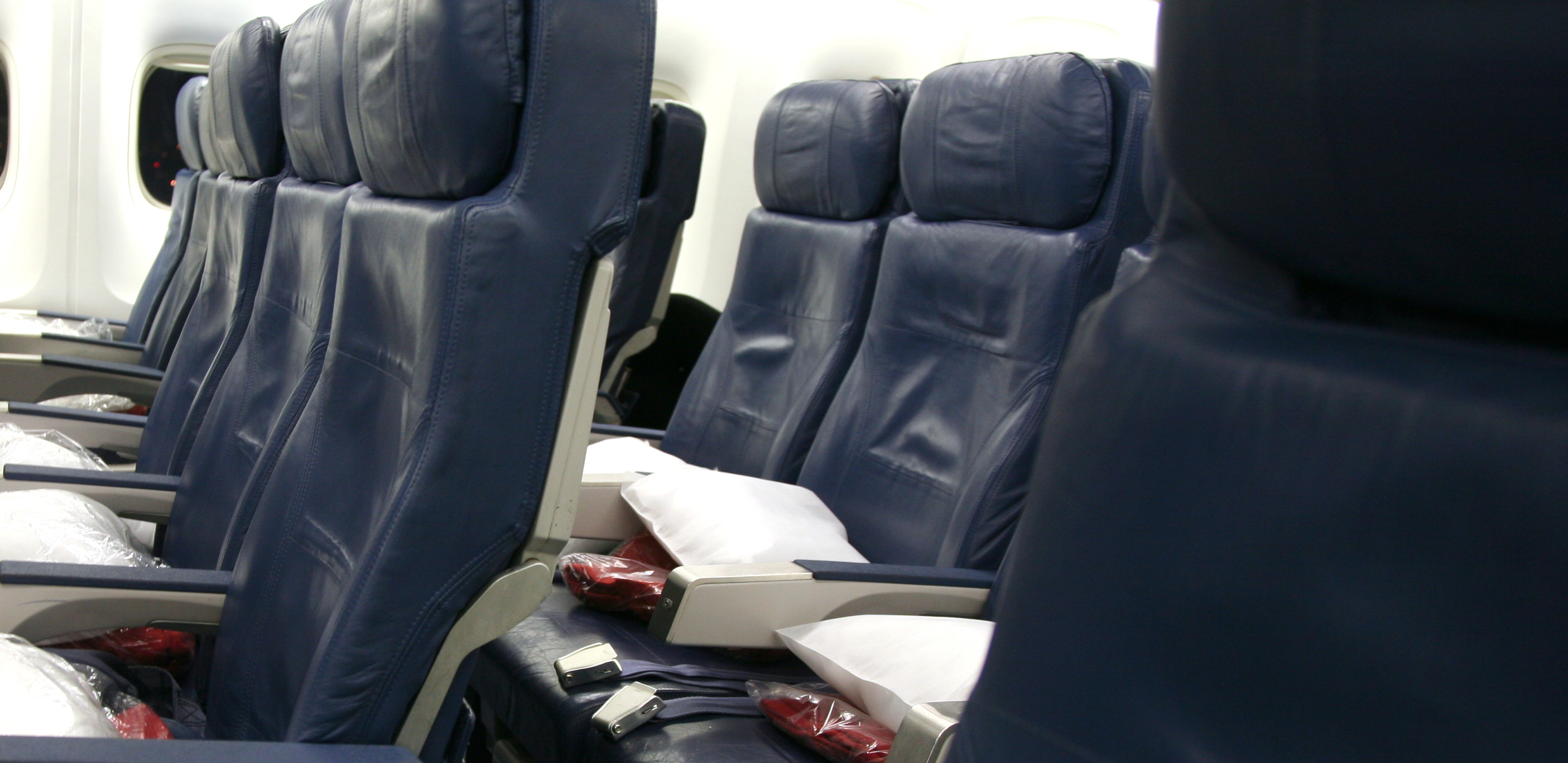Pilot: It’s Shockingly Easy for an Airline Employee to Steal a Plane

Last week, a Horizon Air employee shocked the nation by stealing a plane from Seattle-Tacoma International Airport and taking it for a joyride, ultimately crashing the Bombardier Q-400 on Ketron Island after flying it for about 40 miles. A retired pilot weighs in on just how difficult (or not) it is to steal a plane.
Think it must be nearly impossible for an airline employee to steal a plane?
Think again.
That’s what Les Abend, a retired Boeing 777 pilot, wrote in an op-ed piece for CNN after a worker stole and crashed a plane from Seattle-Tacoma International Airport last week. Abend states that once an employee clears the initial background checks involved in the hiring process, there’s actually very little to stop them from commandeering a plane.
“What would stop an unqualified employee from operating a sophisticated, turbo-prop regional airliner? Other than co-workers observing the unusual activity, absolutely nothing,” Abend warns. “There is no protocol to stop an authorized SIDA badged, uniformed employee from accessing an aircraft on the ramp. It’s not unusual activity unless that person’s job description doesn’t ever involve access to an airplane.”
Abend states that most airlines don’t even lock their aircraft when not in use, since the security involved in obtaining access is seen as too much of a hassle when multiple workers might need to access the plane. He can easily envision a scenario where an unauthorized employee boards an empty plane under cover of night, starts the engine, pushes away from the gate, finds an empty runway, and takes off, all without ground or air traffic control realizing something is amiss. In fact, that is exactly what happened when 29-year-old Richard Russell took off from Sea-Tac in a Bombardier Q-400 last Friday.
Abend theorizes from Air Traffic Control transcripts of Russell’s flight that hobbyists who have played flight simulator games at home might think themselves capable of operating an aircraft, but of course warns that fantasy would quickly give way to reality in actual flight conditions.
While airport security investigates the incident, Abend has a simple suggestion in the meantime: “Lock the cockpit door at all times and give access to only authorized personnel through a key and/or door code. For most airlines, this procedure can be easily implemented because the systems already exist.”






















I agree with Brittsir your simply quoting what others have said and simply sensationalism at best. You really don't know much about planes how they work and what goes on the flight line. There are no "keys' each plane has it's own complexity to "start" and taxi. The Q was a modestly simple plane to start and taxi, and done by someone around the operations daily. 767/789 nope very very hard to do. Stick to something you know
Why not have a remote key (i.e. encrypted signal) that could be activated by ATC to allow the plane to power on/off with this feature only being available when the plane is off at idle (so that there's no possibility of a stray single/tampering could turn off the plane)?
Oh please, what a ridiculous statement. I work on the ramp. He's right, nothing really stops me from ENTERING a plane. You know what stops me from STEALING a plane? NOT KNOWING HOW TO FLYYYYYY. Rigorous security checks before being given a full "SIDA" badge take place to try and weed out criminals and the like. Then there is a system of challenging people who don't look the part, ie: not wearing any kind of uniform, a safety vest, their badge. I'm not saying this isn't preventable. It totally is, the cockpit doors should always be locked. Some airlines leave them open to be cleaned inside and whatnot, but they should clean them out themselves. But that would be another line of defense. My point is, there's a multitude of reasons why this hasn't happened before, or not many times given how many man hours are spent unsupervised on the ramp. So let's not go on a wild goose chase here. Lock the cockpits, problem solved. This also could only happen on a power out gate, which limits the opportunity even further. YVR has about 8 gates this is even possible at, with thousands of employees who'd have the access to do it. A small handful would ever have the know how, and the REASON they'd have the know how is from being amateur pilots themselves. The bigger concern for me is that this guy could've potentially become a commercial pilot one day and had this mental break with a cabin full of passengers, like the german airliner did a few years ago.
These procedures are completely unrealistic, plenty of people need access to the cockpit on a daily basis. Codes can (and probably would be) shared, and having a single key just opens your operation up to massive failures. Pilots taking the key with them on a layover, losing it, damage, it not making the trip with the plane, etc. By far the only realistic solution is thorough checks of those with access, and even then the system can fail (Germanwings). Hopefully this incident will fill in any potential gaps and draw attention to mental health issues and the negative stigma of reporting that you need a helping hand.